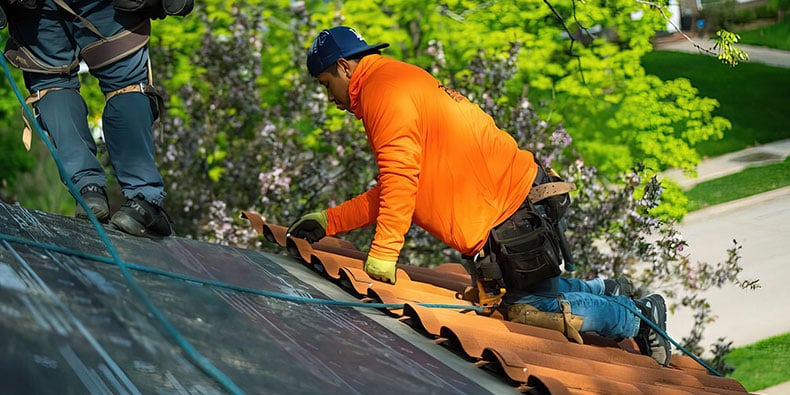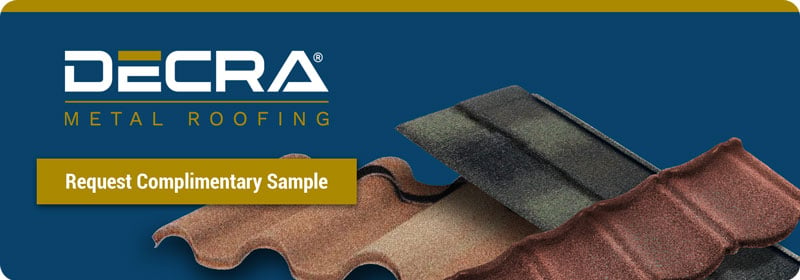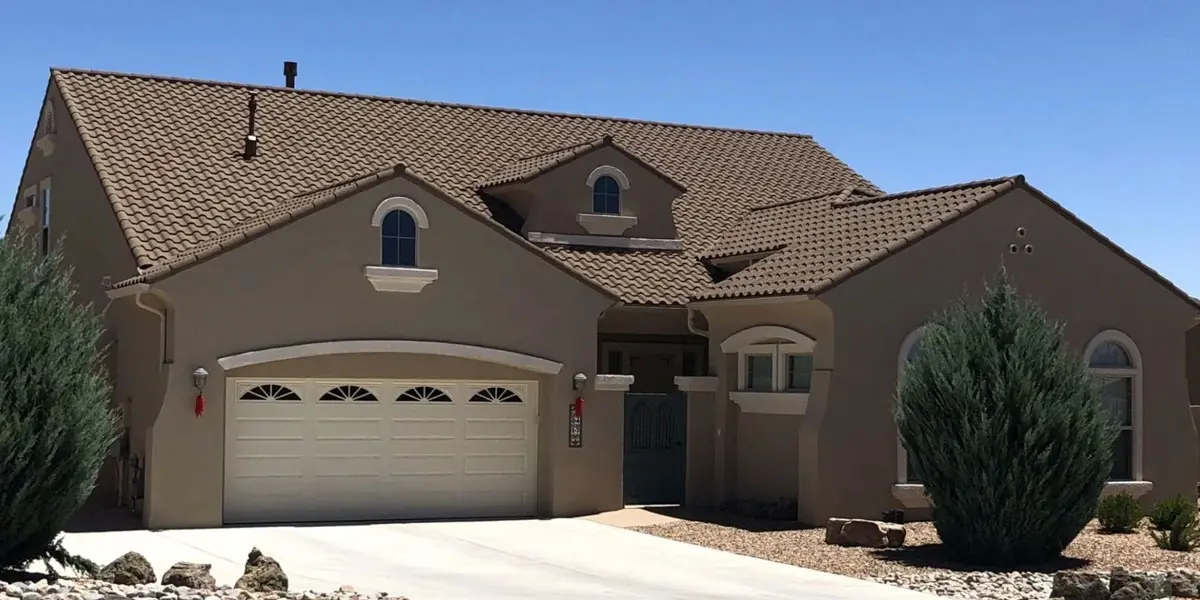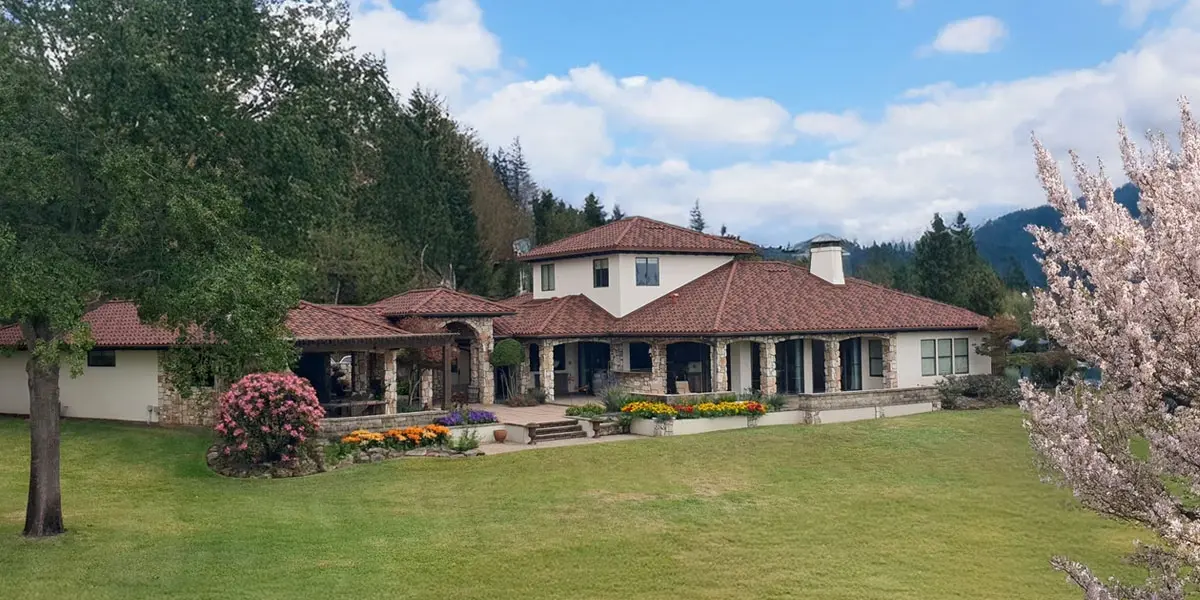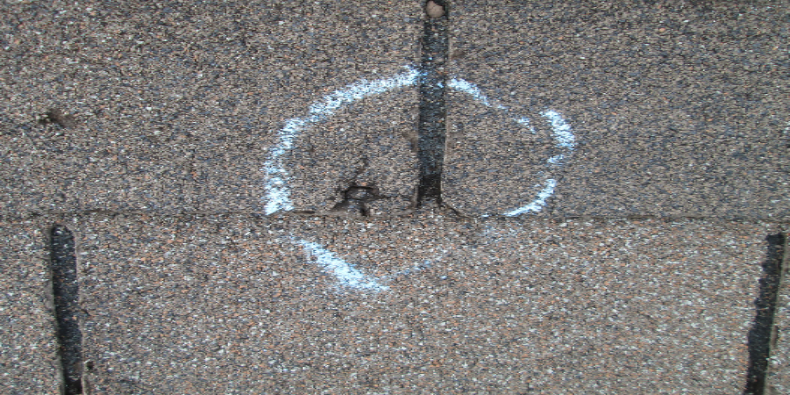When you look at the roof of your home, there’s more to the roof than meets the eye.
What you’ll see at first glance is the roofing material–and that’s just one part of a complete roofing system.
A complete roofing system refers to the roof deck, underlayment, flashing, ventilation, fasteners, and of course, the roofing material.
Keep reading to learn more about metal roofing systems, including:
- What is a metal roofing system comprised of?
- How is a metal roofing system installed?
- What are the benefits of a metal roofing system?
What is a metal roofing system comprised of?
A metal roofing system is made up of individual components that work together to protect your home from the elements.
The roofing system begins with the roof deck, which is the structural foundation of the roof. The roof deck provides a stable surface for the roofing material to be attached to and is typically constructed using plywood or oriented strand board (OSB).
Underlayment is installed over the roof deck to provide an additional layer of protection against the elements, as well as to provide insulation. The most common types of underlayment for metal roof systems are felt paper, synthetic underlayment and peel-and-stick synthetic underlayment.
Flashing is a thin piece of metal designed to help waterproof the perimeter of a metal roofing system. The most common types of flashing for metal roofs include drip edge, valley flashing and ridge cap. The drip edge helps prevent water from flowing into the fascia whereas valley flashing is installed in the valley between two sloping sections of the roof to channel water away. The ridge cap covers the joints between the metal roofing panels to prevent water from entering through the ridge.
Ventilation is essential in a roofing system because it creates a balance between air intake and air exhaust. Good attic ventilation will enhance the roof’s energy efficiency, reduce the amount of moisture that can build up in the attic, and maintain a consistent roof temperature (which is critical for preventing ice dams in regions prone to heavy snow). There are two common types of vents used in the roof: ridge vents and soffit vents. The two work together to create a continuous ventilation system throughout the attic. Should the roof design or attic location not be able to accommodate these types of vents, gable vents are used instead. You can calculate how much ventilation a DECRA roof requires using our ventilation calculator.
Fasteners are non-corrosive screws or nails that are used to secure the metal roofing panels to the roof deck. Learn more about DECRA Metal Roofing fasteners here.
How is a metal roofing system installed?
Before you install a new roof, the roof deck needs to be prepared. This typically involves removing the existing roofing material and repairing any damage to the underlying roof deck. From there, underlayment is installed over the roof deck.
Flashing comes next in the installation process and is typically installed around any chimneys or vents. Trim is then added to the edges of the roof to achieve a finished and polished look, as well as to prevent debris from accumulating under the roof.
Metal roofing panels are then installed and fastened to the roof deck and the final touch comes in the form of adding hip and ridge caps to cover the joints between the metal roofing panels.
For additional information on installing a DECRA Metal Roofing System, be sure to read our installation guides as well as this article on DECRA Metal Roofing Installation FAQs.
What are the benefits of a metal roofing system?
Metal roofing is the second most popular roofing material in the U.S. and growing in popularity year after year as homeowners become increasingly aware of the many benefits metal roofing has to offer, such as:
- Durability: Metal roofing systems are one of the most durable roofs on the market, and can withstand extreme weather conditions, such as hurricane-force winds, hail and fire.
- Longevity: Metal roofs have one of the longest lifespans and can easily last two to three times longer than traditional roofing materials, such as asphalt shingles.
- Energy Efficiency: Metal roofs are extremely energy efficient since they reflect solar heat up and away from the home, which can help reduce cooling costs in the summer. They also have high insulation properties, which help reduce heating costs in the winter. Homeowners typically save an average of 25% on their energy bills after installing a metal roofing system.
- Low Maintenance: Metal roofing does not require regular cleaning, sealing, or coating and will elegantly endure for decades with minimal maintenance.
- Aesthetics: Metal roofing, specifically stone-coated metal roofing products, are available in a variety of colors, textures and designs to suit any style. They are designed to mimic the look of traditional roofing materials, such as asphalt shingles, clay tile and wood shake while adding the high-performance strength that only metal can provide.
- Environmentally-Friendly: As one of the most environmentally-friendly roofing materials available, metal roofs are ideal for green construction projects since they are made from sustainable materials and can be 100% recycled.
About DECRA Metal Roofing Systems
As the original manufacturer of stone-coated metal roofing, DECRA Metal Roofing Systems has set the gold standard for roofing since 1957. Manufactured at our state-of-the-art facility in California, our metal roofing systems have withstood the test of time and protected homes from Canada to Hawaii, and everything in between.
Ready to see and feel the DECRA difference? Request a complimentary sample today.

